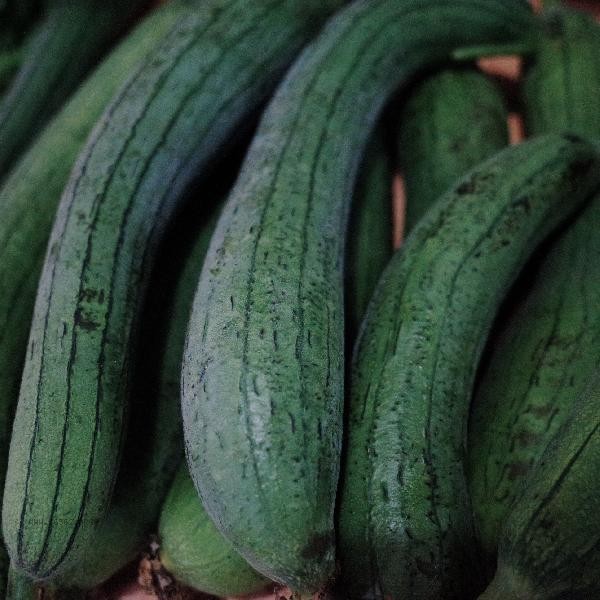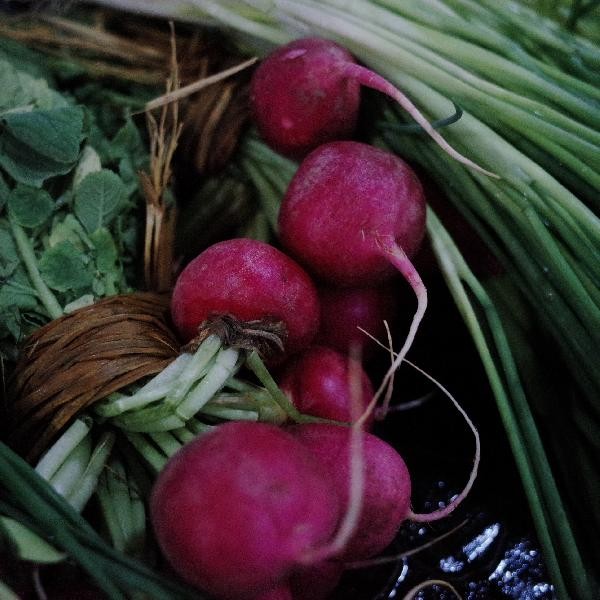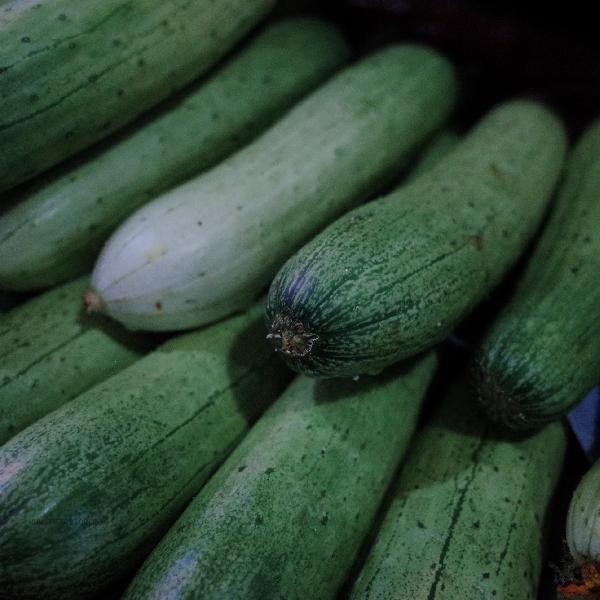The vegetables suitable for winter mainly include radish, cabbage, broccoli, spinach, and lotus root. These vegetables are rich in vitamins, minerals, and dietary fiber, which help enhance immunity and resist cold.

1. Radish
Radish is a seasonal vegetable in winter, rich in vitamin C and dietary fiber, which helps promote digestion and enhance immunity. The mustard oil component in radish can stimulate appetite and is suitable for stewing soup or pickling. People with weak gastrointestinal function should avoid excessive consumption of raw food.
2. Cabbage
Cabbage has high water content and low calories, rich in vitamin K and folic acid, which can help improve dry skin problems in winter. The sulfides in Chinese cabbage have antioxidant properties and are suitable for hot pot or stir frying. Attention should be paid to maintaining ventilation during storage to prevent corrosion.
3. broccoli
broccoli contains a large amount of vitamin C and carotenoids, and its antioxidant substances help prevent respiratory infections in winter. When cooking, it is recommended to blanch quickly to preserve nutrients, and stir fry with minced garlic to improve absorption rate. Thyroid disease patients need to control their food intake.

4. Spinach
Spinach is rich in iron and lutein, which can improve common anemia and visual fatigue in winter. The oxalic acid content is relatively high, it is recommended to blanch it and then mix it cold or boil it in soup. People with renal insufficiency should limit their consumption and avoid consuming high calcium foods that can affect absorption.
5. Lotus root
Lotus root contains mucin protein and various trace elements, which have the effect of moistening dryness and nourishing yin, suitable for dry winter climate. Sliced pork rib soup can be stir fried or stewed, and the intake should be controlled if the starch content is high. For those with spleen and stomach deficiency and cold, it is recommended to cook and consume.

Winter vegetable selection should pay attention to diversified combinations, with a daily intake of no less than 300 grams. Root vegetables are suitable for long-term stewing, while leafy vegetables are recommended to be stir fried over high heat to preserve their nutrients. Special people can adjust their eating methods according to their physique. For example, diabetes patients prefer vegetables with low glycemic index. Maintaining moderate exercise and a balanced diet can better adapt to the physical needs of the cold season.








Comments (0)
Leave a Comment
No comments yet
Be the first to share your thoughts!